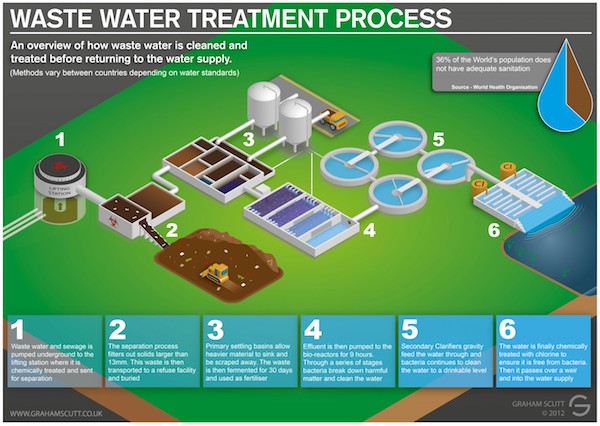The 9-Second Trick For Well Water Filtration And Softening System
Table of ContentsIndicators on Well Water Filtration And Softening System You Need To KnowTop Guidelines Of Well Water Filtration And Softening SystemLittle Known Questions About Well Water Filtration And Softening System.Well Water Filtration And Softening System Things To Know Before You Get ThisThe Only Guide to Well Water Filtration And Softening System
Here the water is delicately mixed by paddles in a flocculation container (Number 5. 5) and the flocs enter call with each other to form larger flocs. The flocculation basin usually has a variety of compartments with reducing blending rates as the water developments with the container (Number 5.5 Filtering, Filtering is the process where solids are divided from a fluid. In water therapy, the solids that are not separated out in the sedimentation storage tank are removed by passing the water through beds of sand and gravel.
6 Chlorination, After sedimentation, the water is disinfected to eliminate any kind of remaining pathogenic micro-organisms. The most frequently used disinfectant (the chemical used for disinfection) is chlorine, in the kind of a fluid (such as sodium hypochlorite, Na, OCl) or a gas.
Well Water Filtration And Softening System Things To Know Before You Get This
The amount of chlorine left after this is called recurring chlorine. well water filtration and softening system. This remains in the water right via the circulation system, protecting it from any kind of micro-organisms that might enter it, until the water gets to the customers. World Health Company Standards (WHO, 2003) recommend a maximum recurring chlorine of 5 mg l1 of water.
5 mg l1 of water after 30 mins' contact time (THAT, n. d.). There are other ways of decontaminating water (e. g. by utilizing the gas ozone, or ultraviolet radiation) however these do not protect it from microbial contamination after it has actually left the water treatment plant. Following sanitation the treated water is pumped right into the circulation system.
7 Extra treatment, Supplementary therapy might occasionally be needed for the advantage of the population. One such instance is the fluoridation of water, where fluoride is included in water. It has been stated by the Globe Health Company that 'fluoridation of water materials, where feasible, is the most effective public health and wellness procedure for the avoidance of dental degeneration' (THAT, 2001).
The Ultimate Guide To Well Water Filtration And Softening System

On the other hand, as you learned in Research Session 2, in the Rift Valley of Ethiopia, the water resources consist of a higher focus of fluoride than is desirable. Tekle-Haimanot et al. (1995) found that the degree of fluoride in drinking water from deep wells there varied from 1. 5 to 36 mg l1.
5 mg l1. What does excess fluoride in the water cause? As discussed in Study Session 2, in kids it can create stippling of teeth and also extended direct exposure can trigger skeletal fluorosis and debilitating. In such high-fluoride areas, removal or decrease of fluoride (called defluoridation) is vital. The simplest means of doing this is to blend the high-fluoride water with water that has no (or really little) fluoride to make sure that the last combination is risk-free.

4 Simple Techniques For Well Water Filtration And Softening System
In the last it is contributed to the incoming sewage, where it can aid settlement of solids. The backwash from the sand filter is discharged right into the sewer or gone back to the river after negotiation of solids. Product packaging waste such visit this page as chemical drums can be returned to the supplier for reuse.
5.4 Sustainability as well as resilience in water treatment, In Study Session 4 you check out some aspects that can influence the sustainability of a water source. For instance, minimizing dirt erosion by growing trees and preserving plants can reduce the amount of silt that builds up in a reservoir and also extend its life.
Facility systems try these out should be stayed clear of and wherever feasible in your area readily available products need to be made use of. If a coagulant is required, the one that can be acquired in-country will be more effective to one that has to be imported. Water treatment plants consume power, as well as if this energy could be provided with sustainable sources (such as solar or wind) it will certainly maintain operating expenses down and boost sustainability.
Well Water Filtration And Softening System Fundamentals Explained
It can be difficult to acquire extra parts, so there should be strategies in position for procurement of substitutes. (These as well as various other monitoring problems are the subject of the next research session.) One more crucial consider sustainability is an efficient upkeep system, which requires preparation and, importantly, calls for trained and inspired personnel.

The guidelines for the water supply requirement of various categories of communities, shown in Table 5. 1, may be made use of to approximate the minimum amount of water that need to be supplied for a provided population.